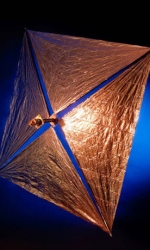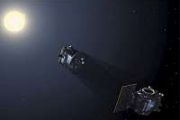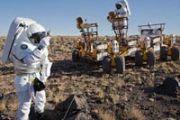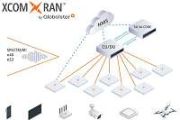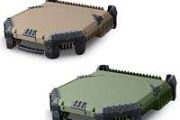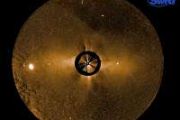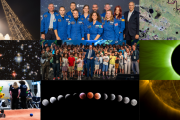Displaying items by tag: Surrey Space Centre
CubeSail
CubeSail is an educational satellite project at the Surrey Space Centre (SSC).
Several PhD projects are centred on its development, and it will serve as a technology platform for at least two further educational satellites developed at SSC. The CubeSail mission objectives are ambitious, and will raise the Technology Readiness Level (TRL) of several technologies to flight demonstration level. A key feature is the deployment of a 25m2 sail structure, which will be used to demonstrate the propulsive effect of solar radiation pressure (i.e. solar sailing) and will demonstrate the de-orbiting capabilities of the sail as a drag augmentation device.
CubeSail will be the first launched three-axis stabilised solar sail, and makes use of a novel centre of mass/centre of pressure (CM/CP) offset technique to provide enhanced attitude control. In order to achieve the mission objectives, CubeSail will build on small satellite experience at SSC, such as the STRaND-1 nanosatellite, launched on February 25th 2013.
Furthermore, the mission critical sail deployment mechanism has undergone an extensive testing and validation process as part of the ESA Gossamer Deorbiter project carried out at SSC. The Cubesail project is also financially and technically supported by industrial partners, Astrium and Surrey Satellite Technology Ltd.
Gossamer Deorbiter Sail
Gossamer Deorbiter Sail: The purpose of this project is to develop a gossamer sail system that can be used for deorbiting satellites at end-of-life.
The principle that the system will use to achieve deorbiting is aerodynamic drag from the larger surface area. The system is intended mainly for low Earth orbit (LEO) telecom satellites but can potentially also be used in higher orbits, making use of solar radiation pressure to perform end-of-life manoeuvres.
A first demonstrator has been developed and tested by SSC in 2013 (see demonstrator page here).
Since there were many unfinished or failed attempts to prove that solar sailing is operational, ESA and DLR decided to start the collaborative Gossamer project. When all three steps of the Gossamer roadmap have successfully been completed, the solar sail propulsion will be declared operational and can be used in space mission. To ensure that Gossamer will not fail, ESA and DLR concentrate on a pure technological demonstrator mission with increasing complexity and level of difficulty in the three steps. Moreover, any scientific payload will be abandoned. It shall also be secured, that all Gossamer technologies are scalable. To avoid a failure in material or technologies, only those are used which have previously been proved and tested in numerous studies and projects. Finally, the Gossamer project and its technological success shall be perfectly documented and communicated to potential users.
The projected roadmap of DLR-ESA Gossamer contains three stages:
- Gossamer-1: launch in 2013: Demonstration of the safe deployment of a 5m x 5m solar sail in a 320km Earth orbit.
- Gossamer-2: launch in 2014: Deployment of a 20m x 20m solar sail in a 500km Earth orbit. Mass of 57 kg (inclusive margin) and container volume 50x50x60cm3 inside the rocking fairing. Test of a limited orbit and attitude control. The scheduled lifetime is about four weeks.
- Gossamer-3: launch in 2015: Deployment of a 50m x 50m solar sail in a > 10.000km Earth orbit. Mass of about 80kg and container volume 100x100x100cm3. Test of the full orbit and attitude control.
Surrey Space Centre (SSC)
The Surrey Space Centre (SSC) is a research centre for Space Engineering. Our strategy is to underpin the technical development of the space industry through its advanced research programmes.
The SCC is specialised for small, low cost space missions, generating leading research and bringing innovation to our spin-out company SSTL and pushing the boundaries of low cost small satellite applications to develop next generation low cost small satellite technologies.
Surrey's pioneering small satellite activities started in 1979 as an academic activity at the University, leading to the formation of a successful spin-out company Surrey Satellite Technology Ltd (SSTL). Astrium acquired SSTL in 2009 and established a long-term strategic collaboration with the University to further advance the University's cutting edge space research capacity.
We provide well focused space engineering undergraduate, postgraduate and industrial short courses, training the next generation space scientists, engineers, entrepreneurs and business leaders.
The SCC academic research laboratories cover advanced multidisciplinary small satellite and space system engineering techniques for Earth orbit and interplanetary space; innovative communications, remote sensing, robotics and space science payloads for small satellites; and enabling technologies for low cost space exploitation and planetary exploration.

